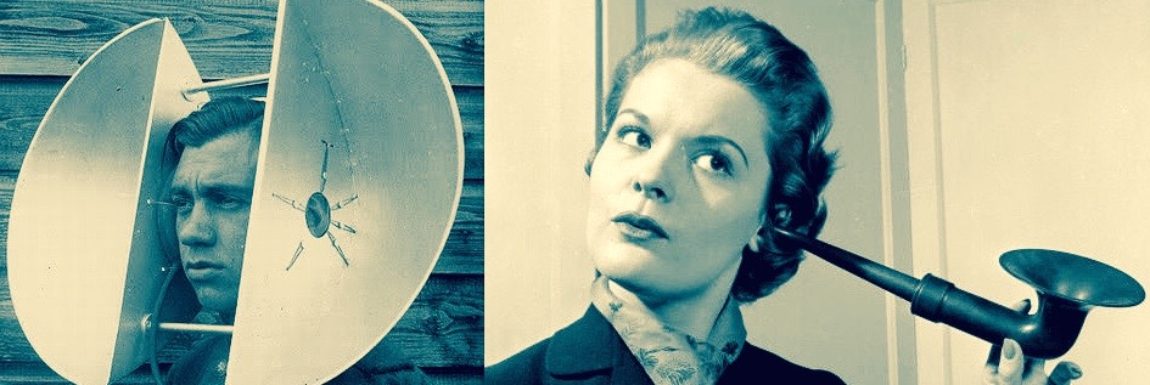What’s going on between your ears when you’re losing your hearing? Emerging research is beginning to give us some revealing, and disturbing answers about brain function and hearing loss. But it also offers some hope.

First the bad news: Take a look at this picture.
On the left, is the brain of a person with normal hearing and the areas that process sound are lit up as they should be. But on the right is the brain of a person with mild hearing loss. As you can see there’s less activity and what there is has shifted to other areas.
Professor Anu Sharma at the University of Colorado produced these images using EEG technology as part of a major study of how the brain reorganizes itself in response to hearing loss, and what the consequences of those changes are.
In a nutshell, the bits of your brain that process high frequency sound, for example, find themselves with less and less to do as your ears gradually lose the ability to process and deliver those signals. As a result, your brain basically says, “Well those bits aren’t doing much anymore so lets put them to work on something else”. That’s the basic principle behind neuroplasticity.
“We find that this kind of compensatory adaptation may significantly decrease the brain’s available resources for processing sound”, says Sharma. In other words, use it or lose it.
That’s a powerful argument to get hearing aids sooner rather than later in order to keep those signals coming and the associated areas of your brain functioning normally. And Professor Sharma offers another more ominous reason.
“Compensatory brain reorganization secondary to hearing loss may also be a factor in explaining recent reports in the literature that show age-related hearing loss is significantly correlated with dementia.”
Being deaf is bad enough but the prospect of being deaf and demented should have you running to an audiologist.
In fact, one recent study at the University of Bordeaux showed that there was no difference in the rate of cognitive decline in people who used hearing aids compared to a control group who had normal hearing.
More good news: This new found knowledge is now being applied to hearing aid technology. That raises some startling possibilities as Jason Galster, Senior Manager of Audiology Research at Starkey Hearing Technologies, recently explained to me.
“We are using EEG signals to understand how the brain responds to hearing loss and how those signals indicate who and what we are listening to in a group. Right now we monitor EEG with electrode arrays placed on the head. Eventually hearing aids will be able to use those same electrical signals to selectively enhance the sound they deliver.”
So one day, your hearing aids may be monitoring your brain activity and detect, for example, that you may be trying to understand what the second person on your left is saying and adjust themselves accordingly.
Kinda spooky but kinda of cool too.

